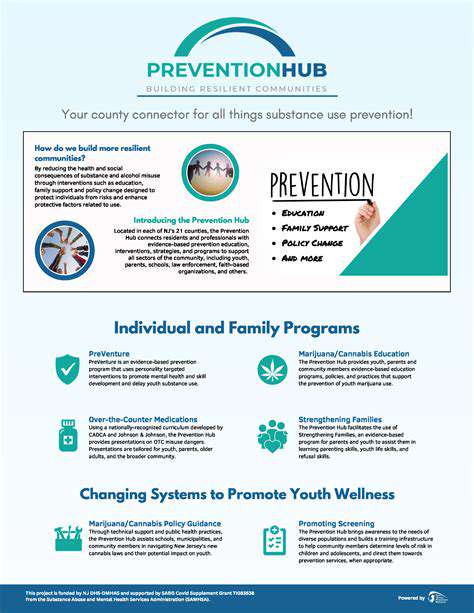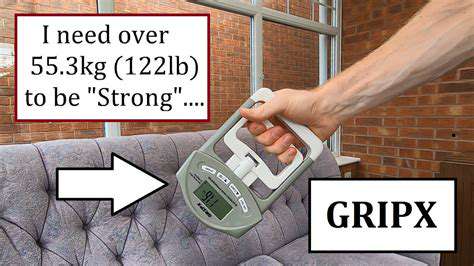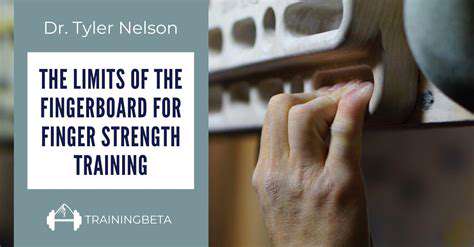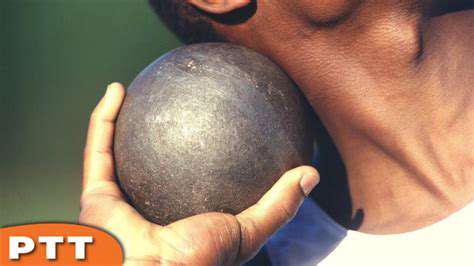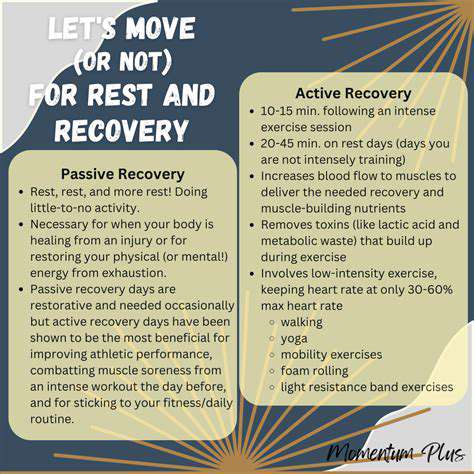Manual Therapy Techniques for Hand Recovery
Soft tissue mobilization (STM) is a hands-on technique used to treat musculoskeletal pain and dysfunction. It involves applying various types of pressure and movement to the soft tissues of the body, including muscles, tendons, ligaments, and fascia. This gentle approach aims to improve tissue extensibility and reduce pain by restoring proper movement and function. The goal is not to cause pain but rather to address the underlying restrictions and imbalances that contribute to the problem.
By increasing the mobility and flexibility of the soft tissues, STM can help alleviate pain, improve range of motion, and enhance overall physical performance. This technique is often integrated into various rehabilitation programs and can be a valuable tool for injury prevention. It is crucial to have a thorough understanding of the patient's condition and the specific needs of the soft tissue before applying the technique.
Types of Soft Tissue Mobilization Techniques
Numerous techniques are employed in STM, each targeting specific tissue types and areas of the body. These techniques can range from gentle stretching and gliding motions to deeper, more forceful techniques, depending on the specific needs and condition of the patient. It's important for practitioners to carefully assess the patient and select the most appropriate technique to address the underlying issue.
One common technique is myofascial release, which focuses on releasing tension in the fascia, a thin sheet of connective tissue that surrounds muscles and other structures. Another technique is muscle energy technique, which involves using isometric contractions to facilitate muscle relaxation and improve joint mobility. Each technique has its own unique application and benefits, and the choice depends on factors like the patient's diagnosis and the specific areas needing treatment.
Trigger point therapy is another important technique used in soft tissue mobilization. It targets specific points within muscles that cause pain, referred pain, or other symptoms. This technique, often involving sustained pressure, aims to release the trigger points, reducing pain and improving function.
Benefits and Considerations of STM
The benefits of soft tissue mobilization are numerous, including reduced pain, improved range of motion, and enhanced function. STM can be particularly effective in treating conditions like muscle strains, tendinitis, and myofascial pain syndrome, and can also help improve posture and athletic performance. Patients should experience a reduction in pain and discomfort, but it's essential that the treatment is performed by a qualified and experienced professional.
However, STM is not suitable for all individuals or all conditions. It's important to consult with a healthcare professional to determine if STM is appropriate for your specific needs. Certain medical conditions may require different approaches, and some individuals may experience side effects, such as temporary soreness or stiffness. Proper communication with the therapist throughout the session is essential to ensure the treatment remains within the appropriate parameters and is tailored to the patient's needs.
Ergonomic Hand Exercises and Splinting for Long-Term Recovery
Strengthening Exercises for Hand Function
Strengthening exercises are crucial for long-term recovery after hand injuries or conditions. These exercises, when performed consistently and correctly, help rebuild muscle strength and improve dexterity. It's essential to start with gentle exercises and gradually increase the intensity and duration as your hand heals and strength improves. This gradual approach minimizes the risk of re-injury and promotes a sustainable recovery process. Proper form is paramount; if you're unsure about the correct technique, consult with a physical therapist or occupational therapist to ensure you are performing the exercises safely and effectively.
Specific exercises could include wrist curls, finger extensions, and squeezing exercises. Using resistance bands or light weights can gradually increase the challenge as strength improves. The goal is to progressively challenge the muscles in the hand and forearm to promote optimal recovery and functional restoration. Remember to listen to your body and avoid pushing through pain. Rest is equally important as exercise in the recovery process.
Splinting Techniques for Hand Support
Splinting plays a vital role in the long-term recovery of hand function. Proper splinting provides the necessary support and protection for injured or weakened hands, allowing for healing and preventing further damage. Different types of splints are used depending on the specific injury or condition, and the design of the splint should immobilize the affected area while allowing for gentle movement in other areas. The goal is to promote healing while maintaining or regaining a functional range of motion in the hand. A professional can assess the appropriate type of splint based on the individual's needs and ensure that it is correctly fitted to prevent discomfort or complications.
Splints can also be customized to address specific needs such as providing support during activities of daily living. This support can be crucial for promoting independence and preventing further injury, particularly in cases of arthritis or repetitive strain injuries. Proper splinting is often a critical component of a comprehensive rehabilitation plan, ensuring the hand is adequately supported to encourage proper healing and functional recovery. It's important to follow the prescribed guidelines for wearing the splint, including the duration and frequency, to maximize its effectiveness.
Importance of Patient Education and Compliance
Patient education is fundamental to successful long-term recovery after hand injuries or conditions. Understanding the importance of specific exercises, proper splinting techniques, and the reasons behind these interventions empowers patients to actively participate in their recovery. Educating patients about their condition, the goals of therapy, and the importance of compliance with treatment plans fosters a stronger partnership between the patient and the healthcare team. This collaboration is essential for optimal outcomes.
Clear communication regarding the exercises, splinting protocols, and expected outcomes is crucial. Patients should be provided with detailed instructions, visual aids, and ongoing support to ensure they understand and adhere to the prescribed regimen. Regular follow-up appointments allow for monitoring progress, addressing concerns, and making necessary adjustments to the treatment plan. This proactive approach contributes significantly to improved patient outcomes and long-term hand function.
Addressing Potential Complications and Long-term Management
Addressing potential complications during the long-term recovery phase is crucial for achieving optimal outcomes. This includes monitoring for issues such as stiffness, pain, or persistent weakness. Early intervention is key in preventing these complications from becoming more severe. A comprehensive approach to long-term management involves regular check-ups, adjustments to the treatment plan as needed, and ongoing support to maintain hand function.
Developing a plan for managing potential long-term issues, such as arthritis or chronic pain, is essential. This might include recommendations for assistive devices, pain management strategies, and ongoing physical therapy. Continuous monitoring and adaptation of the treatment plan are vital to ensuring the patient's well-being and maintaining the highest possible level of hand function in the long run. Proactive management helps prevent setbacks and promotes a more fulfilling quality of life.
